The Rigid Bulk Packaging Market is currently characterized by a dynamic competitive landscape, driven by increasing demand for sustainable packaging solutions and the need for efficient supply chain management. Key players such as Greif, Inc. (US), Mauser Packaging Solutions (US), and Sonoco Products Company (US) are strategically positioning themselves through innovation and regional expansion. Greif, Inc. focuses on enhancing its product offerings with eco-friendly materials, while Mauser Packaging Solutions emphasizes its commitment to circular economy principles. Sonoco Products Company, on the other hand, is leveraging digital transformation to optimize its operations, thereby shaping a competitive environment that prioritizes sustainability and efficiency.
In terms of business tactics, companies are increasingly localizing manufacturing to reduce lead times and enhance responsiveness to market demands. The market structure appears moderately fragmented, with several players vying for market share. However, the collective influence of major companies like Greif, Mauser, and Sonoco suggests a trend towards consolidation, as these firms seek to enhance their competitive edge through strategic partnerships and acquisitions.
In August 2025, Greif, Inc. (US) announced the launch of a new line of biodegradable bulk containers aimed at reducing plastic waste. This strategic move not only aligns with global sustainability goals but also positions Greif as a leader in eco-friendly packaging solutions. The introduction of these containers is likely to attract environmentally conscious consumers and businesses, thereby enhancing Greif's market share.
In September 2025, Mauser Packaging Solutions (US) expanded its operations in Europe by acquiring a local packaging firm specializing in reusable containers. This acquisition is significant as it allows Mauser to strengthen its presence in the European market, tapping into the growing demand for sustainable packaging. The integration of reusable containers into their product line could potentially lead to increased customer loyalty and a stronger competitive position in the region.
In July 2025, Sonoco Products Company (US) launched an advanced digital platform designed to streamline its supply chain processes. This initiative is indicative of the company's commitment to digital transformation, which is becoming increasingly vital in the packaging industry. By enhancing supply chain efficiency, Sonoco is likely to improve its operational performance and customer satisfaction, thereby solidifying its competitive stance.
As of October 2025, the Rigid Bulk Packaging Market is witnessing trends such as digitalization, sustainability, and the integration of artificial intelligence. Strategic alliances among key players are shaping the competitive landscape, fostering innovation and collaboration. Looking ahead, it appears that competitive differentiation will increasingly hinge on technological advancements and sustainable practices, moving away from traditional price-based competition. Companies that prioritize innovation and supply chain reliability are likely to emerge as leaders in this evolving market.


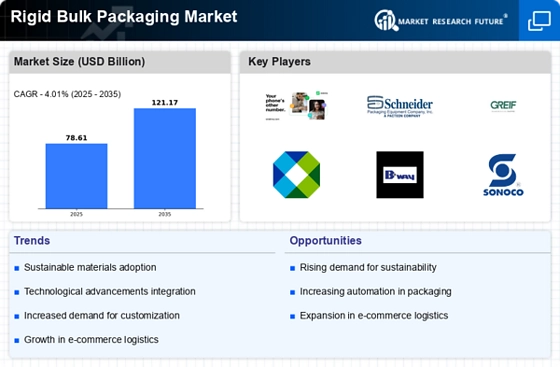
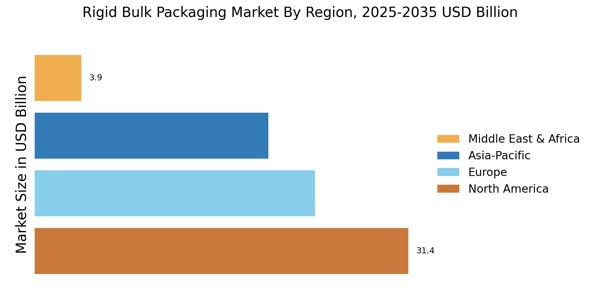
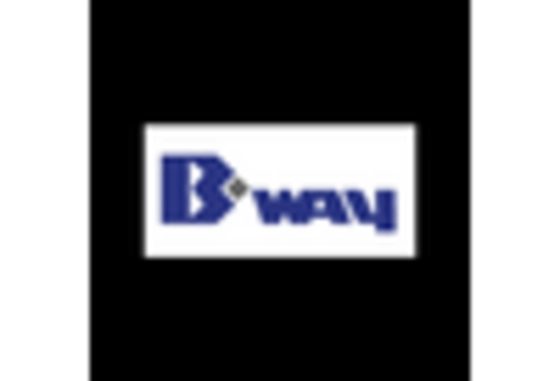
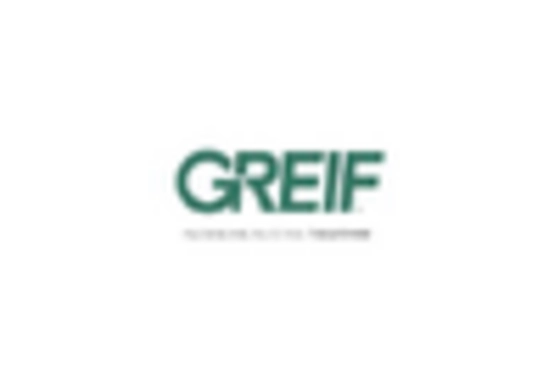
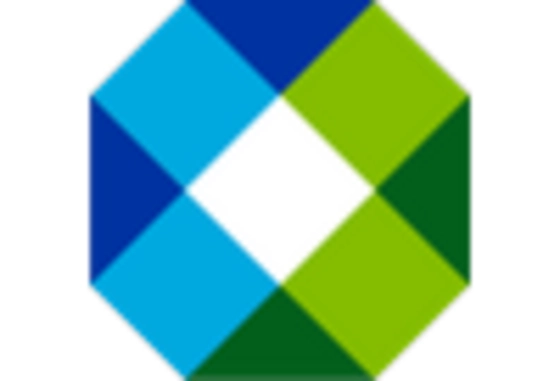
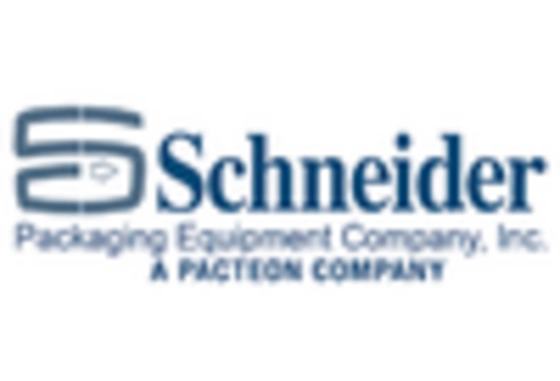

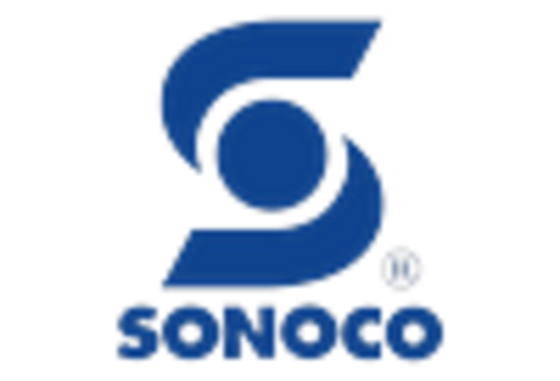








Leave a Comment